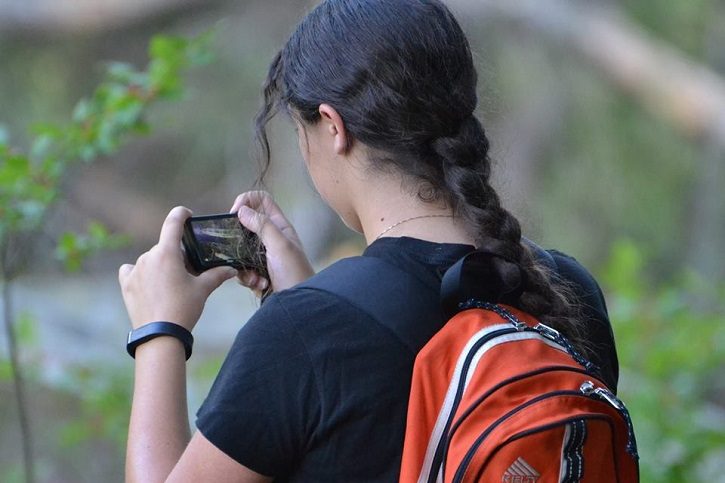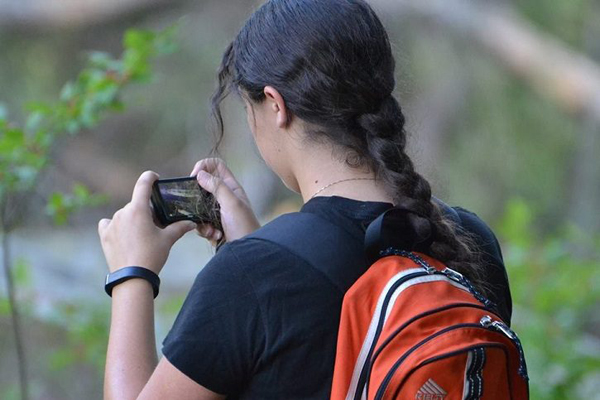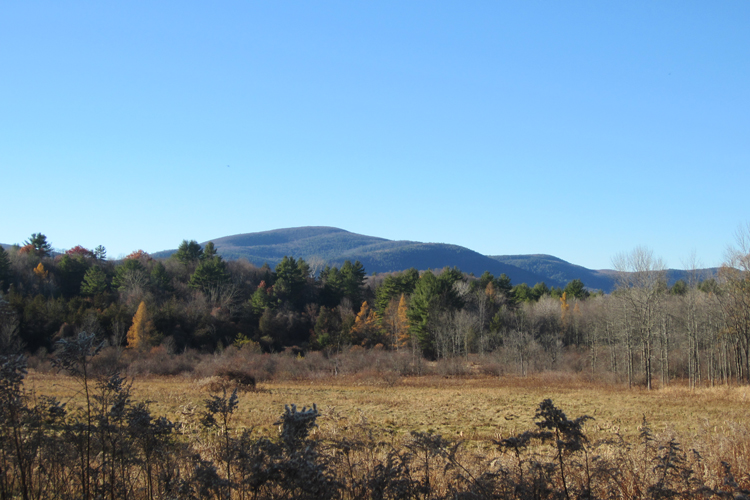Ready for a competitive weekend of exploration in nature? You’re invited to compete worldwide for the Boston area team in the upcoming City Nature Challenge! The City Nature Challenge (CNC) encourages everyone within the I-495 corridor to get outside and record as many nature observations as possible. Mass Audubon wildlife sanctuaries across the eastern side of the state are gearing up and excited to support the annual bio-blitz with our visitors.
This international citizen science project takes place Friday April 27 to Monday April 30, where cities worldwide compete to explore and record all kinds of plants, animals, fungi, and even microorganisms in their area using the free iNaturalist app. All you need to do is take pictures of your observations and post them to the app!

Photo Credit: Amy Letourneau
The City Nature Challenge is a great opportunity to collaborate with your community, Mass Audubon, and scientists to properly map and analyze biodiversity data in the Boston area. Several Mass Audubon wildlife sanctuaries will be actively exploring and recording with visitors.
Participating Mass Audubon wildlife sanctuaries include:
- Blue Hills Trailside Museum, Milton
- Boston Nature Center, Mattapan
- Habitat Education Center & Wildlife Sanctuary, Belmont
- Drumlin Farm Wildlife Sanctuary, Lincoln
- Broadmoor Wildlife Sanctuary, Natick
- Ipswich River Wildlife Sanctuary, Topsfield
- Joppa Flats Education Center, Newburyport
- Moose Hill Wildlife Sanctuary, Sharon
- Museum of American Bird Art, Canton
- Stony Brook Wildlife Sanctuary, Norfolk
- North River Wildlife Sanctuary, Marshfield
- Daniel Webster Wildlife Sanctuary, Marshfield
More Ways to Get Involved
You don’t have to observe on your own. Join the BNC BioBlitz program at the Boston Nature Center on Saturday, April 28, to participate in the CNC and learn how scientists sample and use field guides.
Drumlin Farm in Lincoln will have various visitor education opportunities as well, connecting visitors to the app and working together to log observations on guided walks.
And, if you’ll be taking part in Mass Audubon’s Statewide Volunteer Day on Saturday, April 28, you’ll have even more opportunities to improve the environment by adding plant, animal, fungi, and insect sightings.

Participating is easy! Just upload photos of your observations to the iNaturalist App.




